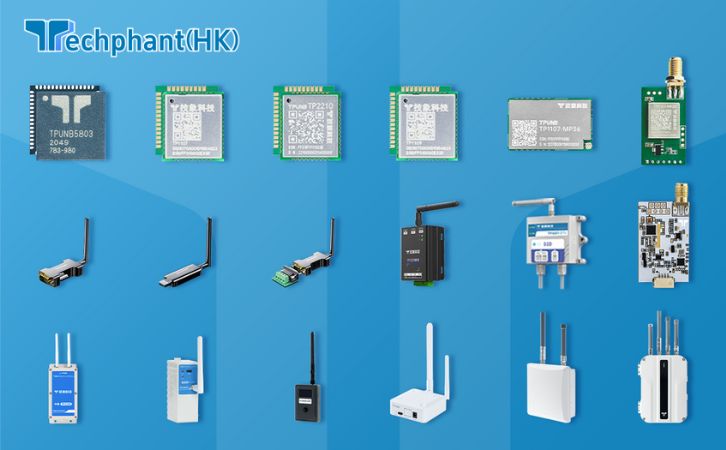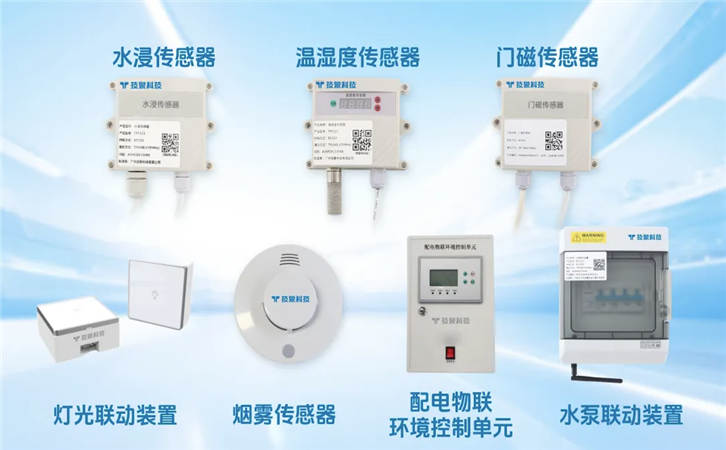I. Introduction
The Internet of Things (IoT) has transformed the way devices interact, enabling seamless communication between objects, sensors, and systems to create smarter, more efficient environments. At the heart of this interconnected ecosystem lies wireless connectivity, which allows devices to transmit data without the constraints of physical wiring. Wireless technologies are critical for IoT due to their flexibility, scalability, and ability to support a wide range of applications, from smart homes to industrial automation. This article explores the key wireless technologies powering IoT, their applications, challenges, and future trends. By examining the strengths and limitations of these technologies, we aim to provide a comprehensive understanding of their role in shaping the IoT landscape.
II. Key Wireless Technologies for IoT
Several wireless protocols have emerged to meet the diverse needs of IoT applications, each with unique characteristics suited to specific use cases. Below is an overview of the most prominent technologies:
- Wi-Fi: Known for its high data rates and widespread availability, Wi-Fi is ideal for IoT applications requiring robust bandwidth, such as smart home devices like security cameras and streaming media players. However, its high power consumption makes it less suitable for battery-operated devices. Wi-Fi 6, the latest standard, improves efficiency and supports more simultaneous connections, enhancing its IoT applicability.
- Bluetooth (BLE): Bluetooth Low Energy (BLE) is designed for short-range, low-power communication, making it perfect for wearables, smart locks, and health monitors. BLE offers reliable data transfer with minimal energy use but is limited by its shorter range (typically 10-100 meters) and lower data rates compared to Wi-Fi.
- Zigbee: A low-power, mesh networking protocol, Zigbee excels in applications requiring multiple interconnected devices, such as smart lighting and home automation systems. Its ability to form self-healing networks ensures reliability, but its low data rate and dependence on a hub or coordinator can be drawbacks.
- LoRaWAN: Long Range Wide Area Network (LoRaWAN) is tailored for long-range, low-power communication, ideal for applications like smart agriculture and city-wide sensor networks. It supports distances up to 15 km in rural areas but has a low data rate, making it unsuitable for high-bandwidth needs.
- NB-IoT: Narrowband IoT is a cellular-based technology optimized for low-power, wide-area IoT deployments. It offers excellent coverage, even in challenging environments like underground or inside buildings, and is used in smart metering and asset tracking. However, its reliance on cellular infrastructure can increase costs.
Each technology has trade-offs. For instance, Wi-Fi and Bluetooth prioritize speed and ease of integration, while LoRaWAN and NB-IoT focus on range and power efficiency. Selecting the right protocol depends on factors like device type, deployment environment, and data requirements.
III. Applications and Use Cases
Wireless technologies enable a vast array of IoT applications across industries, each leveraging specific protocols to meet unique needs:
- Smart Homes: Wi-Fi and Zigbee dominate smart home ecosystems. Wi-Fi powers high-bandwidth devices like smart TVs and cameras, while Zigbee connects low-power devices like smart bulbs and thermostats. For example, Philips Hue uses Zigbee to create a reliable mesh network for lighting control.
- Industrial IoT (IIoT): In manufacturing, NB-IoT and LoRaWAN monitor equipment and track assets over large facilities. For instance, LoRaWAN-based sensors can monitor temperature in warehouses, ensuring optimal storage conditions for perishable goods.
- ** healthcare**: BLE is widely used in wearable devices like fitness trackers and medical monitors, enabling real-time health data collection. Hospitals also use Wi-Fi for connected medical equipment, such as infusion pumps, to streamline patient care.
- Agriculture: LoRaWAN is ideal for smart agriculture, where sensors monitor soil moisture, weather conditions, and livestock over vast areas. A case study from Australia showed how LoRaWAN-enabled sensors reduced water usage by 30% through precise irrigation management.
These examples illustrate how wireless technologies are tailored to specific IoT needs, balancing factors like range, power, and data rate to deliver efficient solutions.
IV. Challenges and Future Trends
Despite their advancements, wireless IoT technologies face several challenges:
- Security: IoT devices are vulnerable to cyberattacks, such as data breaches or unauthorized access. Protocols like Zigbee and BLE have improved encryption, but securing low-resource devices remains complex.
- Scalability: As IoT networks grow, managing thousands of devices without interference or congestion is a challenge. Wi-Fi 6 and mesh networking protocols like Zigbee address this, but large-scale deployments still require careful planning.
- Interference: Overlapping frequencies, especially in the 2.4 GHz band used by Wi-Fi, Bluetooth, and Zigbee, can cause signal degradation in dense environments.
Looking ahead, several trends are shaping the future of IoT connectivity:
- 5G and Beyond: 5G offers ultra-low latency, high bandwidth, and massive device connectivity, making it a game-changer for IoT applications like autonomous vehicles and smart cities. Research into 6G promises even greater efficiency and AI-driven optimizations.
- AI-Driven Networks: Artificial intelligence is being integrated into IoT networks to optimize traffic, predict failures, and enhance security. For example, AI can dynamically allocate bandwidth to prioritize critical devices.
- Energy Harvesting: Innovations in energy harvesting, such as solar-powered sensors, are reducing reliance on batteries, extending the lifespan of low-power IoT devices.
The future of wireless IoT connectivity lies in overcoming current limitations through advanced technologies and smarter network management. As 5G adoption grows and new standards emerge, IoT ecosystems will become more robust, secure, and scalable, unlocking new possibilities for innovation.
V. Conclusion
Wireless technologies are the backbone of IoT, enabling a connected world where devices communicate seamlessly to enhance efficiency, convenience, and innovation. From Wi-Fi’s high-speed capabilities to LoRaWAN’s long-range efficiency, each protocol plays a vital role in addressing the diverse needs of IoT applications. While challenges like security and scalability persist, advancements in 5G, AI, and energy harvesting signal a promising future. As these technologies evolve, they will continue to drive the growth of IoT, transforming industries and improving lives. By understanding and leveraging the strengths of these wireless solutions, developers and businesses can build smarter, more sustainable systems for the future.


